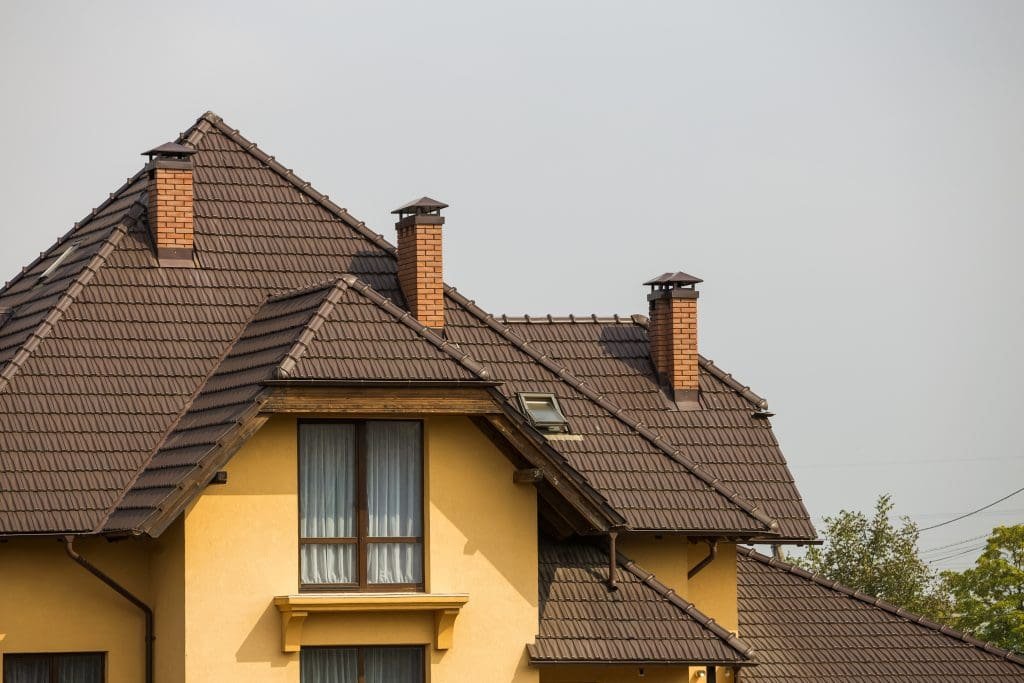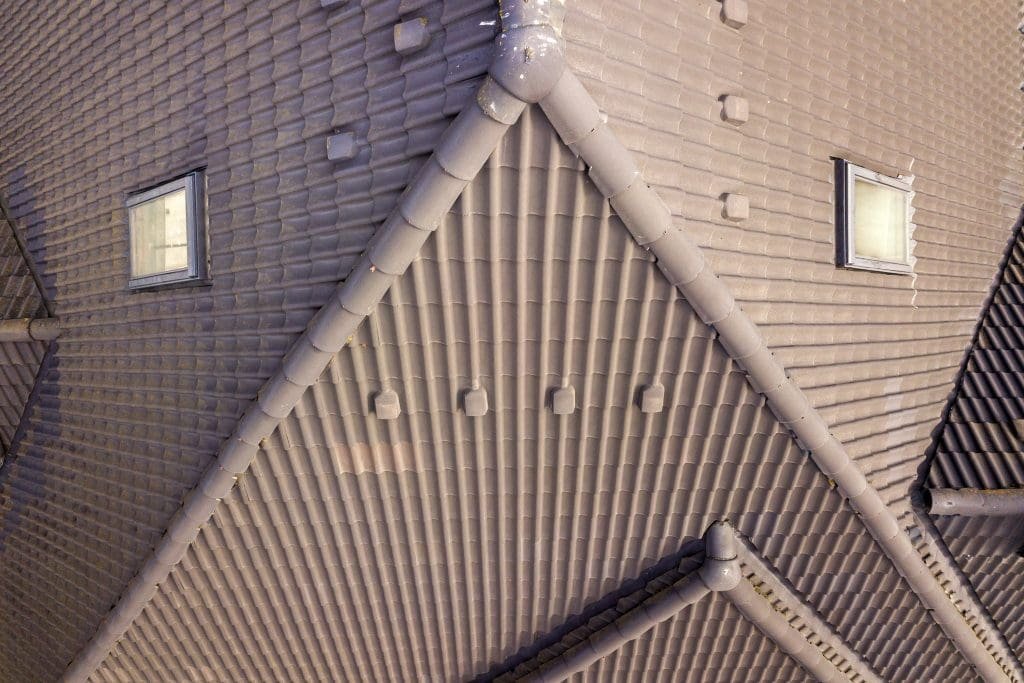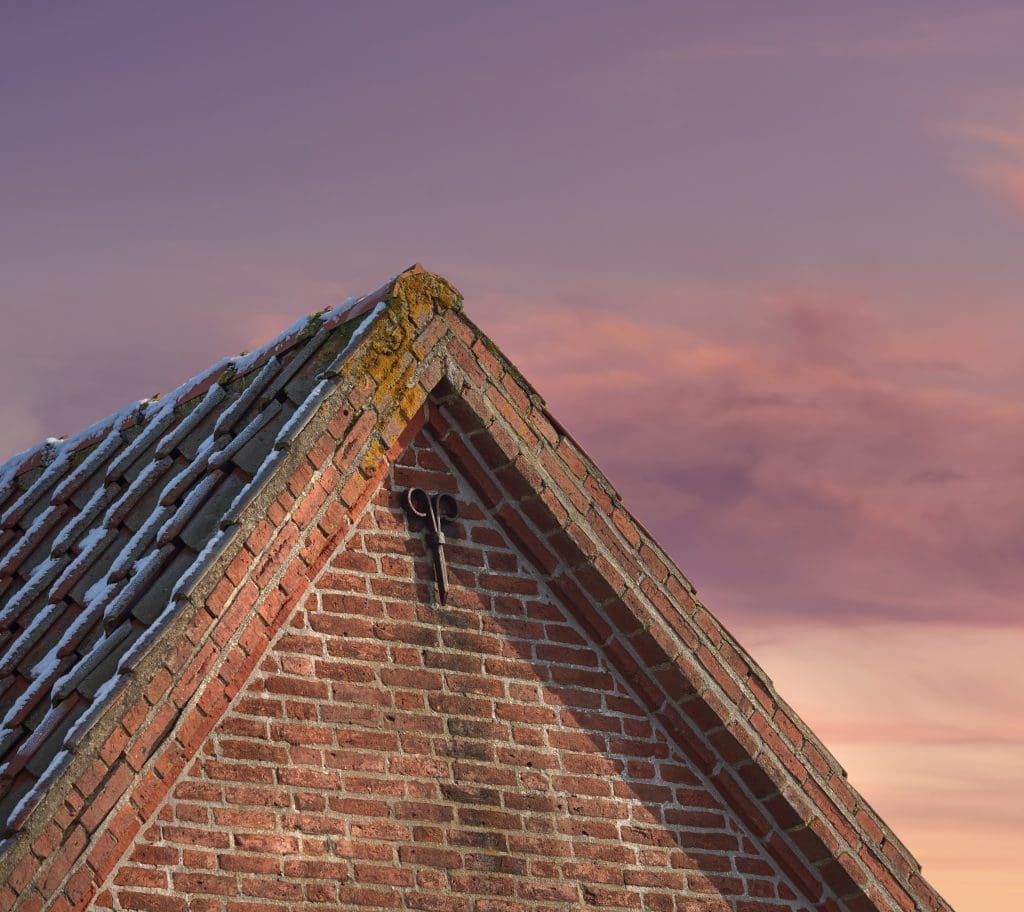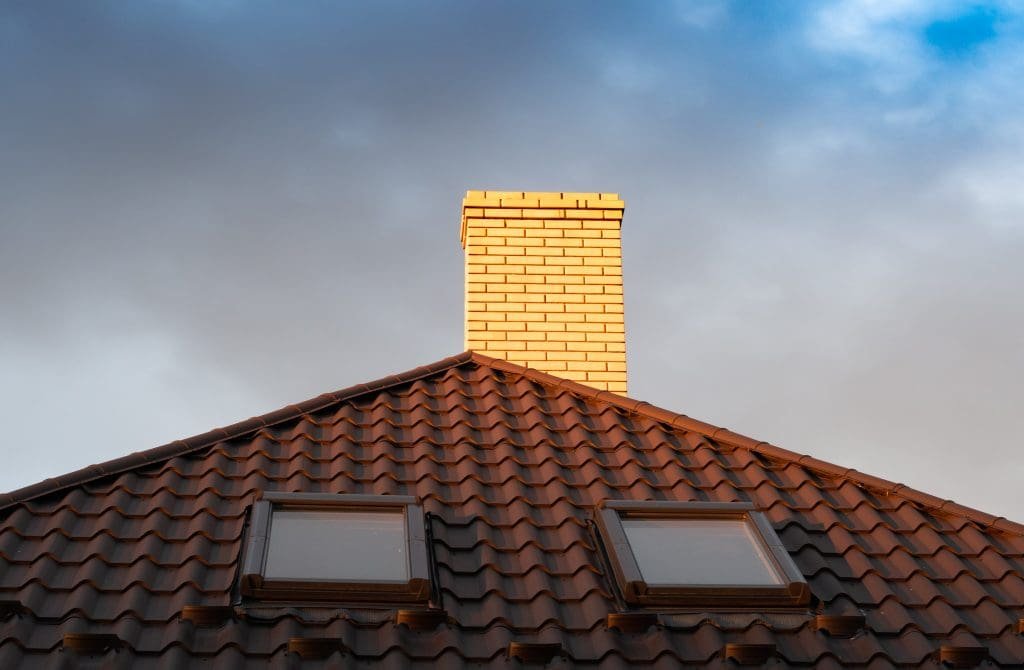Maintaining your roof after a repair is crucial to ensure its longevity and performance. Roofs are the first line of defense against the elements, and neglect can lead to further issues that could compromise your home’s integrity. In this article, we will explore essential tips and tricks to keep your roof healthy after a repair. From understanding the importance of maintenance to recognizing common mistakes, this guide serves as a comprehensive resource for homeowners.
Understanding the Importance of Roof Maintenance
Roof maintenance is often an overlooked aspect of home ownership. Many homeowners assume that a recent roof repair will carry forward a warranty of protection. However, regular maintenance is vital for preserving your roof’s function and appearance. A well-maintained roof not only enhances the aesthetic appeal of your home but also contributes to its overall value. Potential buyers are often deterred by visible signs of neglect, which can lead to lower offers or even deter sales altogether.
Neglecting your roof can result in a gradual decline in its condition, exposing you to costly repairs down the line. The aging process, weather impacts, and other risks can wear down your roofing materials over time. Thus, regular maintenance is essential to extend the lifespan of your roof. Simple tasks like cleaning gutters, removing debris, and checking for leaks can save you from the headaches of major repairs. Moreover, a proactive approach to roof care can lead to energy savings, as a well-maintained roof helps regulate your home’s temperature more efficiently.
The Role of Regular Inspections in Roof Health
Conducting regular inspections should be a cornerstone of your roof maintenance routine. Ideally, you should inspect your roof at least twice a year, and immediately after any significant weather event. During these inspections, look for any signs of wear, such as missing shingles or rust on metal roofing. It’s also wise to check the flashing around chimneys and vents, as these areas are often vulnerable to leaks. Keeping a detailed record of your inspections can help track the roof’s condition over time and identify patterns that may require attention.
Additionally, consider hiring a professional roofing service for a thorough inspection every few years. They can identify issues that may not be visible to the untrained eye and provide recommendations for any necessary repairs or maintenance tasks. Professionals can also offer insights into the latest roofing technologies and materials that can enhance your roof’s durability and efficiency. Investing in these expert services can ultimately save you money by addressing small problems before they escalate into larger, more expensive issues.
The Impact of Weather Conditions on Your Roof
Weather conditions play a significant role in the health of your roof. Heavy rainfall, snow, strong winds, and even harsh sunlight can lead to its deterioration. For instance, high winds can dislodge shingles, while persistent moisture can create an environment for mold and mildew growth. In regions with extreme temperature fluctuations, the expansion and contraction of roofing materials can lead to cracks and leaks, making it crucial to choose roofing materials that can withstand local weather patterns.
Understanding your local climate and how it impacts your roofing materials can help you implement preventive measures. For example, in areas prone to heavy snowfall, investing in a robust insulation system can prevent ice dams, which can lead to leaks and structural damage. Similarly, in hot climates, reflective roofing materials can reduce heat absorption, thereby lowering cooling costs. Additionally, regular maintenance tasks like applying protective coatings can help shield your roof from UV damage, ensuring it remains resilient against the elements. By being proactive about your roof’s care in relation to weather conditions, you can significantly enhance its longevity and performance.
Essential Roof Maintenance Tips Post-Repair

After a roof repair, there are several steps you can take to ensure its continued health and effectiveness. Implementing a proactive maintenance plan can mitigate potential issues and enhance your roof’s durability.
Cleaning Your Roof Regularly
Regular cleaning is crucial to maintaining your roof. Debris such as leaves, branches, and dirt can accumulate and create conditions for mold and moss growth. Removing these materials prevents water from pooling and reduces the risk of leaks.
When cleaning your roof, use a gentle method to avoid damaging the roofing materials. Consider using a soft-bristled broom or a blower. If you need to climb on the roof, ensure you have proper safety gear and consider consulting a professional service. Additionally, it’s beneficial to schedule your cleaning sessions according to the seasons; for instance, spring and fall are ideal times to perform thorough cleanings to address the aftermath of winter storms and autumn leaf fall.
Checking for Signs of Damage
Post-repair vigilance is key to maintaining a healthy roof. Regularly check for signs of damage such as blistering, cracking, or curling shingles. If any area looks suspect, it’s advisable to investigate further or contact a professional.
Be particularly attentive during seasonal changes, as this is when roofing material could be stressed by shifting temperatures and moisture levels. Promptly addressing any signs of damage can save you significant costs in the long run. It’s also wise to inspect the flashing around chimneys and vents, as these areas are often vulnerable to leaks and may require additional attention after repairs.
Maintaining Gutters and Downspouts
Your roof’s health is intricately linked to the performance of your gutters and downspouts. Clogged gutters can lead to water back up, creating excess weight on your roof and increasing the likelihood of leaks. Clear your gutters regularly, especially during fall when leaves are likely to accumulate.
In addition to cleaning, inspect your gutters for any signs of damage. Ensure they’re properly attached to the roof and that downspouts direct water away from the foundation of your home. Consider installing gutter guards to minimize debris buildup and reduce the frequency of cleaning. Furthermore, it’s essential to check for proper drainage; standing water in gutters can lead to rust and deterioration, which can compromise the integrity of your entire roofing system.
The Role of Professional Roof Maintenance Services

Engaging professional roof maintenance services can greatly enhance the health of your roof. These experts can provide specialized knowledge and tools to address roofing issues that may be challenging for homeowners to tackle on their own. With their extensive training and experience, they can quickly diagnose problems and implement effective solutions, ensuring that your roof remains a reliable barrier against the elements.
When to Call in the Professionals
There are specific instances when you should definitely call a professional. If you notice significant water leaks, damaged shingles, or sagging areas, it’s time to get expert help. Additionally, if you’re uncomfortable climbing onto your roof for an inspection or cleaning, a professional service can securely manage these tasks. It’s also wise to reach out to professionals if you observe any signs of mold or mildew, as these can indicate underlying moisture issues that require immediate attention.
Routine check-ups, especially after major storms, are essential. Professionals can conduct thorough evaluations and ensure that your roof remains in optimal condition. They often utilize advanced technology, such as infrared cameras, to detect heat loss and moisture accumulation, which can be invisible to the naked eye. This level of detail in inspections can prevent small issues from escalating into costly repairs.
The Benefits of Regular Professional Inspections
Investing in professional inspections offers numerous benefits. Experienced roofers can identify underlying issues that might not be visible during casual inspections. They also remain up to date with the latest roofing technologies and materials, ensuring that your roof remains compliant with local building codes. This knowledge is particularly important as building codes can change over time, and a professional can help you navigate these regulations.
Moreover, they can provide you with personalized service recommendations tailored to your specific roofing material and local weather conditions. This proactive approach can save you considerable time and money in the long run. Regular maintenance not only extends the lifespan of your roof but also enhances your home’s overall energy efficiency. By ensuring that your roof is in top shape, you can reduce heating and cooling costs, making your home more comfortable year-round. Additionally, many professional services offer warranties on their work, giving you peace of mind that your investment is protected against future issues.
Preventive Measures to Enhance Roof Longevity

Taking preventive measures can significantly enhance the longevity of your roof. Employing a proactive maintenance regime can reduce the risk of severe damage and prolong the lifespan of your roofing materials.
Installing Proper Ventilation and Insulation
Proper ventilation is crucial for maintaining the integrity of your roof. It allows heat and moisture to escape, reducing the risk of mold, mildew, and ice dams. Insulation plays a role in maintaining comfortable indoor temperatures while also protecting your roof from overheating during summer months.
Inadequate ventilation can lead to significant problems over time, including increased energy costs and accelerated aging of roofing materials. Consult with roofing professionals to ensure your home has an effective ventilation system in place. Additionally, consider installing ridge vents or soffit vents, which can work together to create a continuous airflow throughout your attic space. This not only helps in regulating temperature but also minimizes the risk of condensation buildup, which can lead to structural damage if left unchecked.
Choosing Quality Roofing Materials
When it comes to roofing, quality matters. Investing in high-quality, durable materials can greatly enhance your roof’s resilience against the elements. Look for materials that come with warranties, ensuring that your investment is protected over time.
Rely on reputable manufacturers and suppliers. Doing some research and considering the long-term costs associated with lower-quality options can save you unnecessary headaches and expenses down the road. For instance, while asphalt shingles may be a popular choice due to their affordability, exploring options like metal or slate roofing could provide superior durability and energy efficiency. Moreover, these materials often come in a variety of styles and colors, allowing homeowners to enhance their property’s curb appeal while ensuring a long-lasting roof that can withstand harsh weather conditions.
Common Mistakes in Roof Maintenance and How to Avoid Them

Even with a proactive approach, homeowners can fall into common traps that could compromise their roof’s health. Understanding these mistakes can help you navigate maintenance practices more effectively.
Ignoring Minor Leaks and Cracks
One of the most common mistakes is ignoring minor leaks or cracks, thinking they will resolve on their own. Unfortunately, what starts as a small issue can escalate into a major problem if left unchecked. Regular inspections will help you catch these signs early.
Addressing minor issues immediately can save you from extensive damage repairs later. Use sealants or consult a professional for repairs as needed to keep your roof strong and watertight. Additionally, consider the seasonal changes that may exacerbate these minor issues; for example, heavy rainfall or snow can worsen leaks, making it crucial to inspect your roof before and after such weather events.
Overlooking the Importance of Moss and Algae Removal
Moss and algae can thrive on roofs, especially in humid environments. Left unchecked, they can trap moisture and degrade roofing materials over time. Regular cleaning and maintenance can alleviate these problems.
Consider using specific cleaning solutions designed to safely eliminate algae and moss without damaging your roof. If infestations are significant, don’t hesitate to call in professionals with the right tools and expertise to thoroughly address the issue. Furthermore, installing zinc or copper strips along the ridge of your roof can help prevent the growth of moss and algae, as rainwater will wash off small particles of these metals, creating an inhospitable environment for these organisms.
By implementing these tips and maintaining a routine of inspections and care, you can ensure your roof remains in excellent condition long after repairs are made. Remember, a healthy roof is an investment in your home’s overall longevity and safety. Additionally, keeping a record of your maintenance activities can help you track the condition of your roof over time and identify patterns that may require more attention, ensuring that you stay ahead of potential issues before they become costly repairs.





